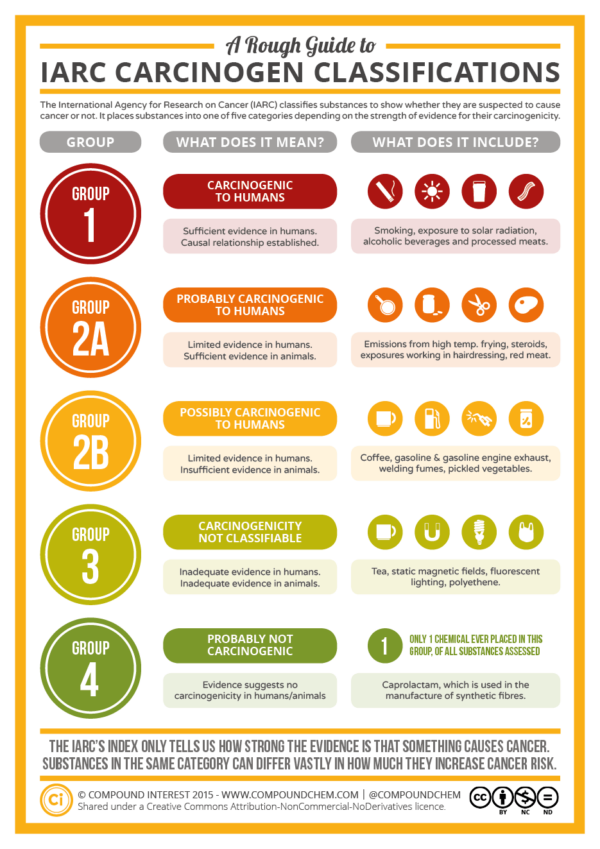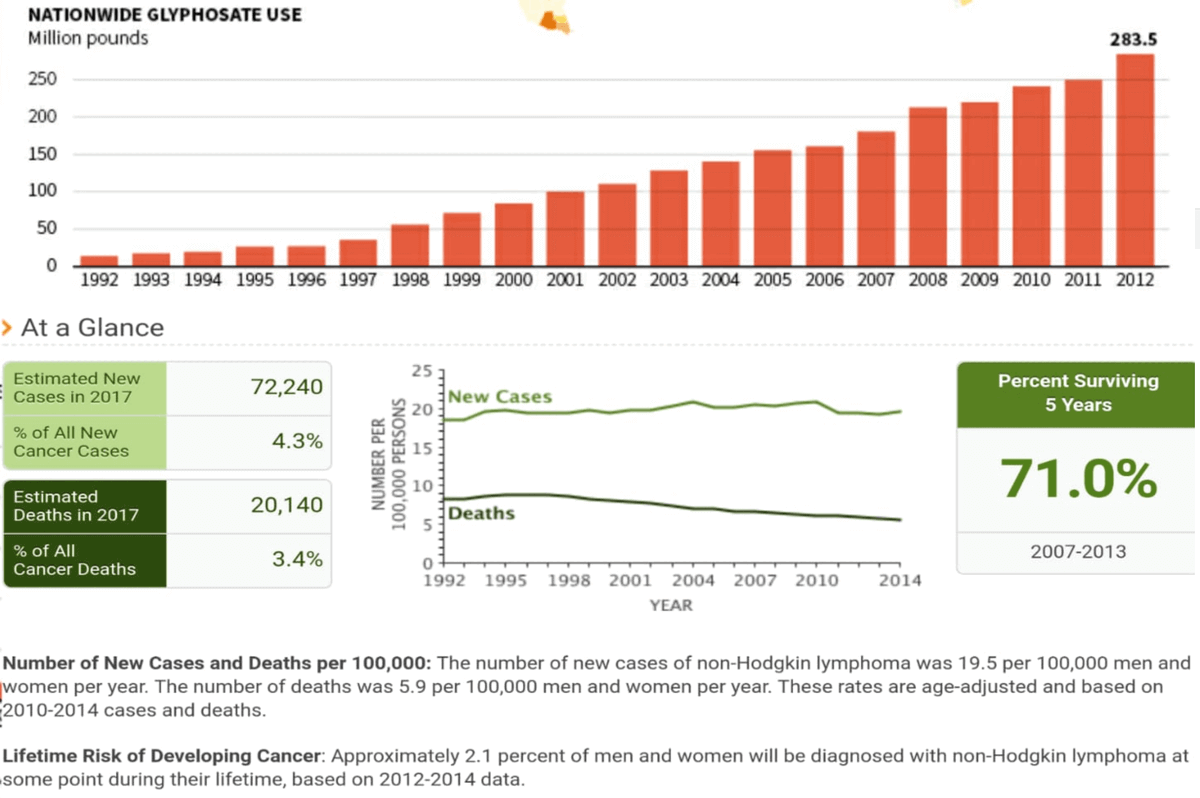I loved the movie Erin Brockovich played by Julia Roberts who played a lawyer’s assistant fighting the interplay of corporate greed and a dangerous chemical in water, hexavalent chromium. There are lots of movies like this one. One website lists 31, including Fletch Lives and Mark Ruffalo’s Dark Waters. You can’t help but feel good when these greedy corporate managers who knowingly introduce toxic chemicals into the environment and our food finally get their comeuppance as a result of dedicated lawyers, reporters or activists fighting against these powerful business interests.
You can also see TV series and documentaries on these toxic chemicals including a 2001 PBS special on how we have produced thousands of man-made chemicals that have never been tested and a 2019 Discovery Channel documentary, The Story of Plastic that talks about exposing us to phthalates and BPA.
There are two primary ways, besides just the information we get from Hollywood, that we control these chemicals: federal regulation from agencies like EPA, FDA, USDA, and OSHA, and court cases known as tort courts. A tort case is a civil wrong that seeks monetary damages for negligence. Perhaps the most widely publicized recent tort case involved the weedkiller Roundup and its possible relation to cancer.
There is one thing that regulations and tort cases have in common, and that is the use of science to prove causation. Over the years, I have become increasingly suspicious that appeals to good triumphing over evil, or the appeal to disgust, i.e., the themes in Erin Brockovich, Fletch and Dark Waters, are more about a satisfying story than they are about truth. Even though I loved the movies and the documentaries, I know that just because a company has settled a big court case, or has had its products regulated, doesn’t necessarily mean that the risks the products posed justified the outcomes.
Let’s start with where a lot of chemicals are first indicted, the World Health Organization’s International Agency for Research on Cancer (IARC). Out of over 1,000 chemical agents IARC has investigated, only one (a chemical used in yoga pants) was found “probably not carcinogenic.” Things that cause cancer according to IARC include being painter or paver, salted fish, soot, alcoholic beverages, coffee, rubber, night-shift work, red meat, sugar, cell phones, pickles and Valium.

California follows suit with Proposition 65 (requires warnings about chemicals that cause cancer, birth defects or reproductive harm) suggesting that French fries, Tiffany-style lamps, amusement park rides, hotels, boats, wooden furniture, tuna, pumpkin puree all need warning signs that exposure to them can cause cancer.
But “causation” implies that exposure to a chemical is high enough, and toxic enough, to actually cause the harm. If we were to believe IARC and California’s warning signs, we should probably all have died from cancer by now. The problem lies in the science that determines these things. Rodent studies generally feed rats or mice a substance hundreds of times more than humans are exposed to in order to elicit a carcinogenic response. The result is that one half of everything tested on rodents is found to be carcinogenic.
Epidemiology studies generally only find correlation, like the sun rises because the rooster crowed. That doesn’t say anything about causation.
But the science is often ignored, particularly in court trials as the emotional appeal is a winning card as long as you can paint greed against toxic chemicals. Even EPA has said that glyphosate (the ingredient in Roundup) is not likely to be carcinogenic to humans. Nevertheless, Bayer has settled to pay $11 billion in settlement compensations. There were 130,000 lawsuits with 100,000c currently settled at between $100,000 and $150,000 per settlement. There are still 4,000 lawsuits pending.

We all pay a price, an unfair price, in terms of lost jobs, higher prices, and sometimes loss of someone’s business when we unfairly target a chemical that is not causing health issues.
How about a movie or documentary where a young lawyer works for a company and stands up to big activists, big regulatory agencies or big plaintiff tort attorneys and wins one based on good science?
Richard A. Williams, PhD, is an economist and author. He’s the chairman of the board for the Center for Truth in Science and on the advisory board to the Institute for the Advancement of Food and Nutrition Sciences. He served as the Chief Social Scientist at the FDA’s Center for Food Safety and Applied Nutrition for 27 years. Visit his website and follow him on LinkedIn
A version of this article was originally posted at Truth In Science and has been reposted here with permission. Truth in Science can be found on Twitter @TruthScienceCTR































